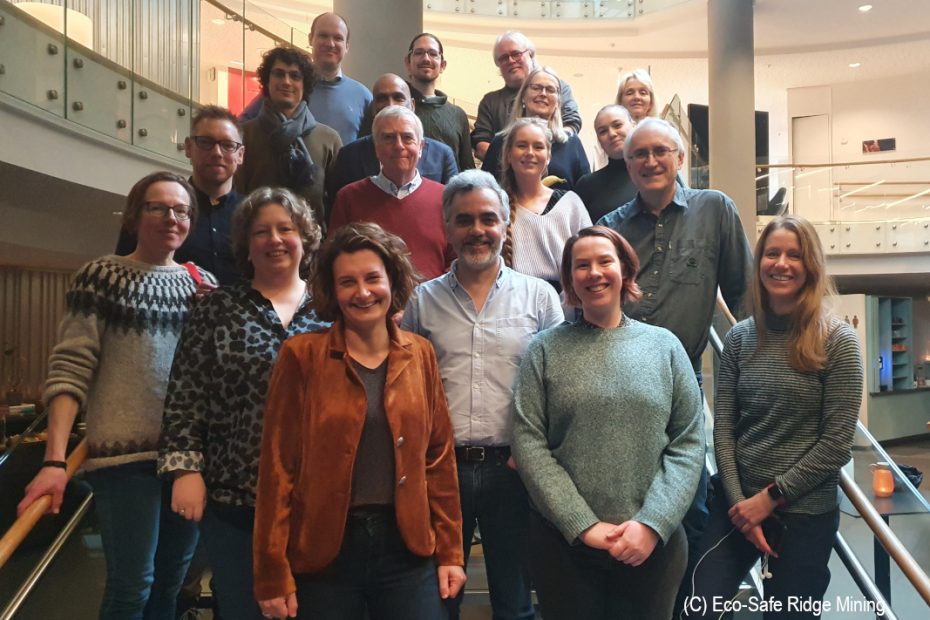The Eco-Safe Ridge Mining project is officially under way after its kick-off meeting in Bergen on the 21-22 February. For the next three years our main goal is to fill key knowledge gaps about deep-sea ecosystems on the Arctic Mid-Ocean Ridge, and also to identify environmental hazards and risks and appropriate mitigation actions regarding potential deep-sea mining activities on the Norwegian continental shelf. A better understanding of deep-sea ecosystems associated with the presence of seabed mineral deposits is crucial and timely to inform policy and management decisions. A key risk and challenge today is limited knowledge about environmental patterns and processes.
The project started at the end of 2021 and some initial work and first results were presented during the meeting. Steinar Sanni from the University of Stavanger presented 21 potential environmental hazards being raised in the ongoing impact assessment. Going forward these will be categorised, grouped and prioritised.
Leon Moodley from NORCE presented initial test results from ecotoxicological studies performed. Seafloor massive sulphide (SMS) samples collected from previous UiB cruises were used to test response of organisms to different level of exposure. The test setup and methodology are to a large extent based on work done with drill cuttings within the oil and gas industry and will further be used in effect studies with live organisms.
Professor Phil Weaver is part of the project’s advisory board and has extensive experience from coordinating similar projects. Phil believes the project is very timely and its results are needed to inform adequate environmental planning.
Three research cruises are planned as part of the project and integrated in UiB’s Center for Deep-Sea Research annual cruise to the Arctic Mid-Ocean Ridge. A preliminary plan and specific Eco-Safe goals for the 2022 cruise were already presented presented during the meeting. These cruises will be key to gain new scientific knowledge about the environment and biological communities associated with Seafloor massive sulphide (SMS) deposits and manganese crusts, while enabling a great collaboration arena to integrate knowledge in new ways.
Both the Norwegian Environmental Agency and the Norwegian Petroleum Directorate took part in the kick-off meeting. Norwegian authorities will be informed about the results of the project on a regular basis so that decision making regarding exploration and exploitation of the areas under Norwegian jurisdiction is based on best available knowledge.
